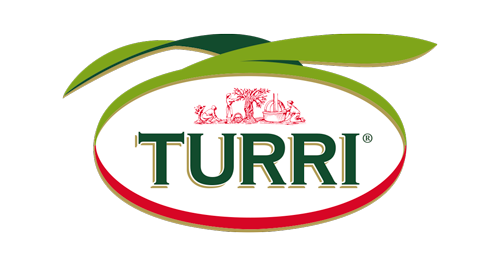Although olive oil has always been a key component of the Mediterranean diet, it has only been acknowledged as a quality product in relatively recent times. As a result, new professions have emerged: olive oil tasters and sommeliers now possess all the know-how needed to assess the quality of oil, a task that that up to a few decades ago was only carried out by the producers. Nowadays there are registers of professional olive oil tasters and strict rules and guidelines to follow when profiling and judging the samples.
Years of experience are needed to become proficient oil tasters, but it is not necessary to be a member of O.N.A.O.O. (the national guild of olive oil tasters) to be able to discern a good oil. Anyone can organize an olive oil tasting session in their home with friends and family. All you need are some bottles of oil, a notebook and an open mind! Here are some useful tips:
1. Unscrew the bottle of oil and pour a little inside your glass. The official glass has a tapered shape and dark colour, but for an informal tasting session you can use any small glass, even a disposable coffee cup. Don’t pour gallons, you only need about a tablespoonful of oil.
2. It is important to bring the oil at a temperature of roughly 28 °C (70-80 °F). Cup the vessel inside the palms of your hands, so that it will quickly reach the right temperature and release all its aromatic compounds.
3. It is now sampling time, but first, you must cover the glass with one hand, swirl the oil inside the glass a couple of times and then uncover it, bring it to your nose and inhale deeply and slowly. You should already be able to detect the more distinctive traits of a good olive oil: fresh, fruity, vegetable…
4. Take a small sip, and spread it throughout your mouth, then inspire again, first slowly and then increasingly faster so that the oil vapours can reach your taste buds.
5. Pause for a few seconds, continuing to rub your tongue against your palate to coat it with oil. It is important to let your mouth rest and prepare it for the next stage.
6. Inhale again, this time with your mouth slightly open.
7. You can repeat step 4 to better discern all the aromas and flavours of oil. Make sure you pay great attention to the so-called retro-nasal sensations, that is to say the “smell” of the oil inside your mouth. You can repeat this step if you are unsure of these sensations.
8. Remember not to ingest the oil and cleanse your mouth before tasting another sample. Take a bite of a tart apple and a sip of water.
9. Once you have finished, you should have a fresh, clean, pleasant feeling in your mouth left by the aromas of the oil. Note down all the sensations you perceived and compare them with your friends and family.
By repeating this procedure with different samples, you will learn to fully appreciate the many facets of extra virgin olive oil, experiencing firsthand what makes each bottle of olive oil so unique.


